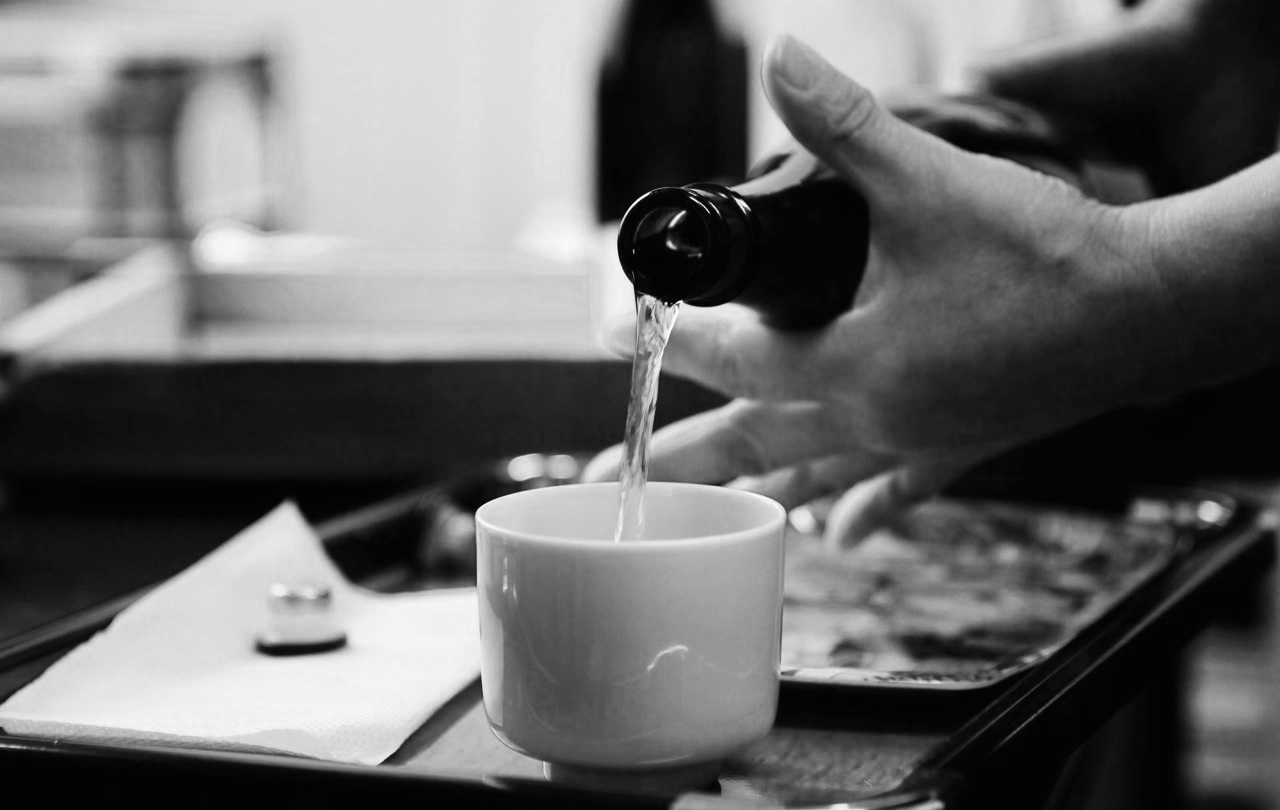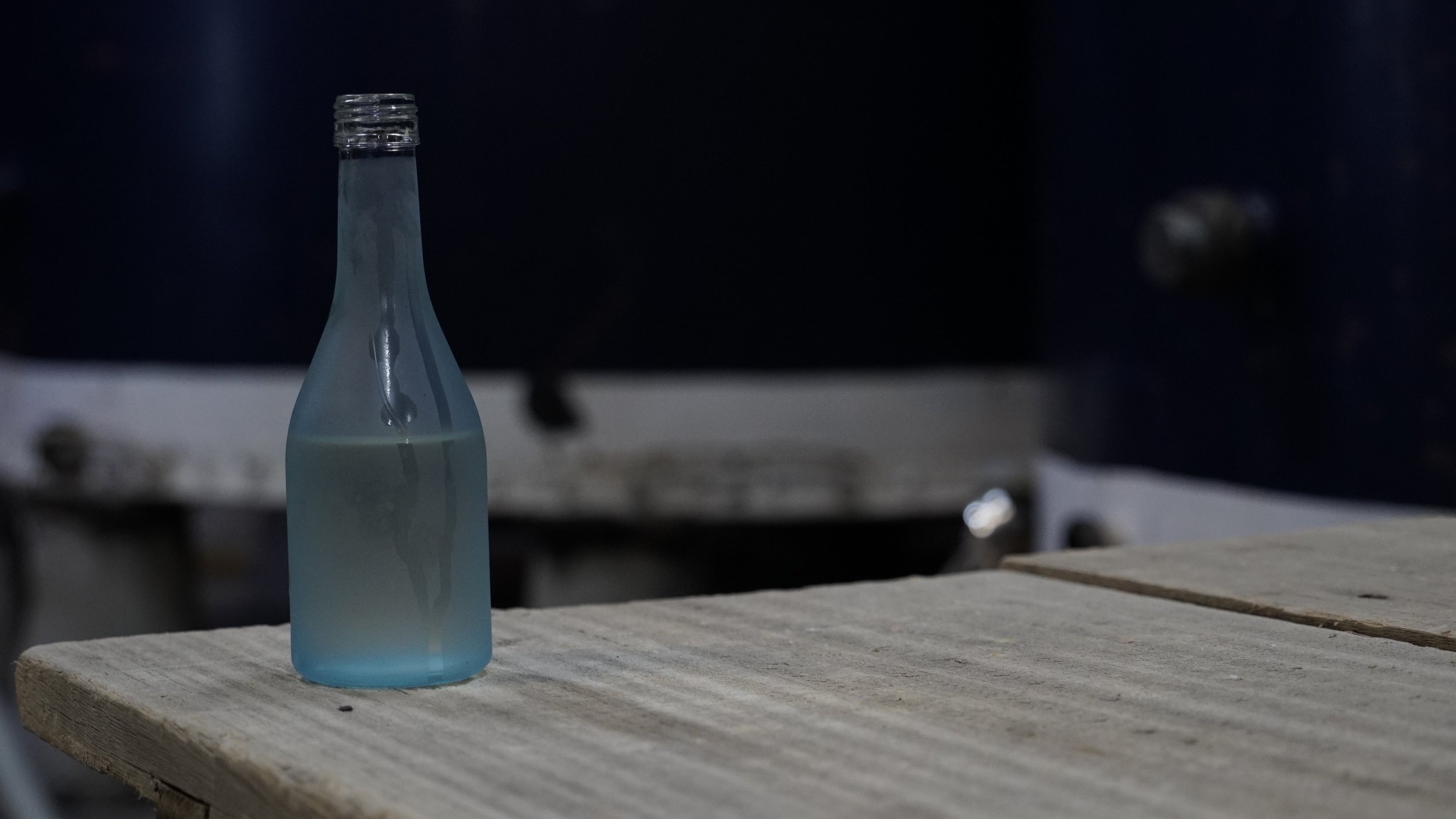In my previous life as a Sommelier, one of the big questions I had early in my career was ‘how can I match a beverage to cheese in all of its wondrous variations?’ There was no simple answer - until I delved into the world of Sake.
In my early years working in restaurants I had looked for the somewhat ‘classic’ approach to matching cheese - tannic red wine with cheddar, port wine with blue cheese etc. But I came to the realisation that these were examples of wines that only just stood up to the character of the cheese and obliterated some of more nuanced elements of both. After much Sake tasting and cheese sampling I realised that Sake really does come to the rescue by handling the big flavours in cheese without overwhelming the other elements that make cheese so delicious. Almost magnifying this delicious nature of the cheese.
To understand this more we have to understand something called ‘umami’. Both cheese and Sake are full of umami. Umami is the Japanese word combining umai (delicious) and mi (essence) and is considered the ‘fifth’ taste after sweet, sour, salty and bitter. Technically, umami refers to glutamate, a type of amino acid, which occurs naturally in many foods such as meat, fish, vegetables and various dairy products including cheese.
In the production of Sake the protein in the rice is broken down leaving amino acids. The amount of amino acids depends on the length of fermentation and strength of the yeast (amongst other factors). The amino acids that remain give Sake its robust, gamey and often succulent flavour profile.
With cheese long maturation enables more of the milk protein to decompose into amino acids, (think 2 year old Parmigiano-Reggiano vs fresh mozzarella as an example). This ageing plays an important part in the taste of cheese.
These Amino acids, found both in Sake and cheese provide umami with its richness and savoury quality. This makes them pair well and compliment each other across a spectrum of styles and flavours. There is a certain ‘supporting’ element in matching Sake to cheese as if the Sake is there to highlight the flavour in the cheese without overpowering the more delicate elements.
So the next time you’re in search of the perfect match to a delicious wedge of dairy goodness, have a glass of Sake - I promise you wont be disappointed.
Matt.




































![Hiroaki Oku - Kuramoto [Brewery Owner] & Toji [Master Brewer] at Akishika Shuzo](https://images.squarespace-cdn.com/content/v1/557bb34be4b085dc8e529d15/1469968221791-HRNJ4YY788VTPE53V5NJ/image-asset.jpeg)

![Katsuaki Yamamoto - Toji [Master Brewer] at Fujiichi Shuzo](https://images.squarespace-cdn.com/content/v1/557bb34be4b085dc8e529d15/1469967472164-G4RAU0BAJI8Z3N9TS5AC/image-asset.jpeg)
